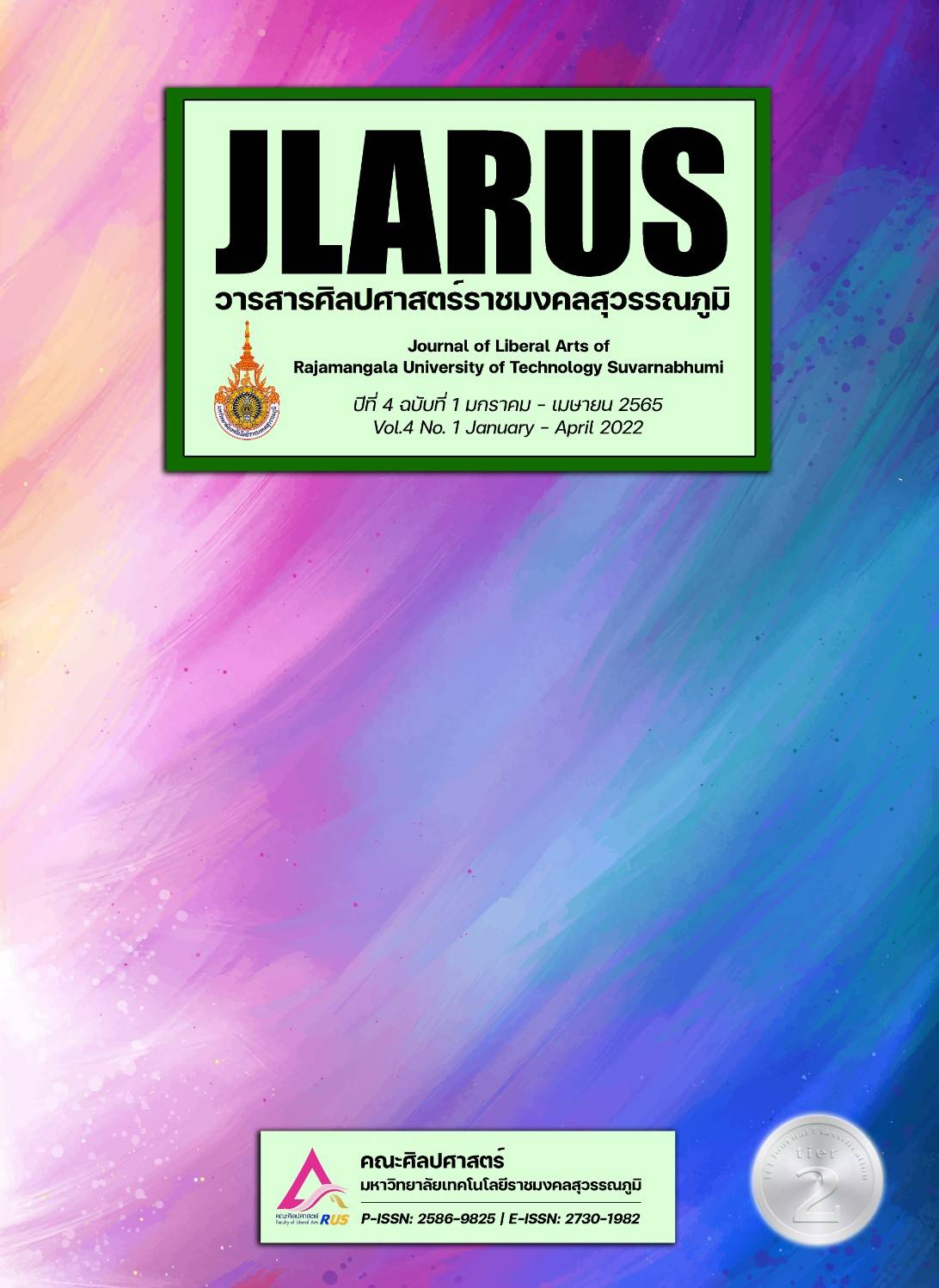TESTING CONSTRUCT VALIDITY OF THE SENSE OF BELONGING TO SCHOOL SCALE: MULTI-LEVEL EXPLORATORY STRUCTURAL EQUATION MODELING
Main Article Content
Abstract
This article aimed to assess the construct validity of the sense of belonging to school scale by using multi-level exploratory structural equation model in the format of descriptive research. A random sample consisted of 1,200 secondary school students. Two-stage random sampling based on school size and student gender was applied by using dataset from program for international student assessment 2015 (PISA 2015). The research instruments including personal data and the sense of belonging to school scale were used. Frequency, percentage, mean and standard deviation, multi-level exploratory structural equation model were used to analyze data. The research result was found as follows;
The sense of belonging to school scale featured multi-level structure as 2 factors in student level and 1-factor in school level. The factors in student level were sense of belonging and alienation to school that the reliability values at the student level were 0.72 and 0.77, respectively, and 0.96 at the school level. The result of multi-level exploratory structural equation model demonstrated that sense of belonging to school measurement model labeled a high quality of construct validity (χ2=18.59, df=13, p-value=0.13, CFI=0.996, RMSEA=0.019, SRMR within=0.013, SRMR between=0.013).
Article Details

This work is licensed under a Creative Commons Attribution-NonCommercial-NoDerivatives 4.0 International License.
References
Ahmadi, S., Hassani, M., & Ahmadi, F. (2020). Student-and school-level factors related to school belongingness among high school students. International Journal of Adolescence and Youth, 25(1), 741-752.
Arslan, G. (2018). Understanding the association between school belonging and emotional health in adolescents. International Journal of Educational Psychology, 7(1), 21-41.
Arslan, G., and Duru, E. (2017). Initial development and validation of the School Belongingness Scale. Child Indicators Research, 10(4), 1043-1058.
Hox, J. J. (2013). Multilevel regression and multilevel structural equation modeling. The Oxford Handbook of Quantitative Methods, 2(1), 281-294.
Huang, F. L., & Cornell, D. G. (2016). Using multilevel factor analysis with clustered data: Investigating the factor structure of the Positive Values Scale. Journal of Psychoeducational Assessment, 34(1), 3-14.
Huang, L. (2020). Peer victimization, teacher unfairness, and adolescent life satisfaction: The mediating roles of sense of belonging to school and schoolwork-related anxiety. School Mental Health, 12(3), 556-566.
Korpershoek, H., Canrinus, E. T., Fokkens-Bruinsma, M., and de Boer, H. (2020). The relationships between school belonging and students’ motivational, social-emotional, behavioural, and academic outcomes in secondary education: A meta-analytic review. Research Papers in Education, 35(6), 641-680.
Lester, L., Waters, S., and Cross, D. (2013). The relationship between school connectedness and mental health during the transition to secondary school: A path analysis. Journal of Psychologists and Counsellors in Schools, 23(2), 157-171.
Marsh, H. W., Morin, A. J., Parker, P. D., and Kaur, G. (2014). Exploratory structural equation modeling: An integration of the best features of exploratory and confirmatory factor analysis. Annual Review of Clinical Psychology, 10, 85-110.
Meuleman, B., and Billiet, J. (2009). A Monte Carlo sample size study: How many countries are needed for accurate multilevel SEM?. Survey Research Methods, 3(1), 45-58.
OECD. (2017a). PISA 2015 Assessment and Analytical Framework: Science, Reading, Mathematic, Financial Literacy and Collaborative Problem Solving. Paris: OECD Publishing.
OECD. (2017b). PISA 2015 Database [Data file and code book]. Retrieved November 1, 2021 from https://www.oecd.org/pisa/data/2015database/
Parr, E. J., Shochet, I. M., Cockshaw, W. D., and Kelly, R. L. (2020). General belonging is a key predictor of adolescent depressive symptoms and partially mediates school belonging. School Mental Health, 12(3), 626-637.
Salazar, M. S. (2015). The dilemma of combining positive and negative items in scales. Psicothema, 27(2), 192-199.
Soper, D.S. (2021). A-priori Sample Size Calculator for Structural Equation Models. Retrieved September 27, 2021. From https://www.danielsoper .com/statcalc.
St-Amand, J., Girard, S., and Smith, J. (2017). Sense of belonging at school: Defining attributes, determinants, and sustaining strategies. IAFOR Journal of Education, 5(2), 105-119.
Tóth-Király, I., Bõthe, B., Rigó, A., and Orosz, G. (2017). An illustration of the exploratory structural equation modeling (ESEM) framework on the passion scale. Frontiers in Psychology, 8, 1-15.
Zhang, B., Luo, J., Chen, Y., Roberts, B., and Drasgow, F. (2020, October 1). The road less traveled: A cross-cultural study of the negative wording factor in multidimensional scales. Retrieved September 27, 2021. from https:// doi.org/10.31234/osf.io/2psyq.


